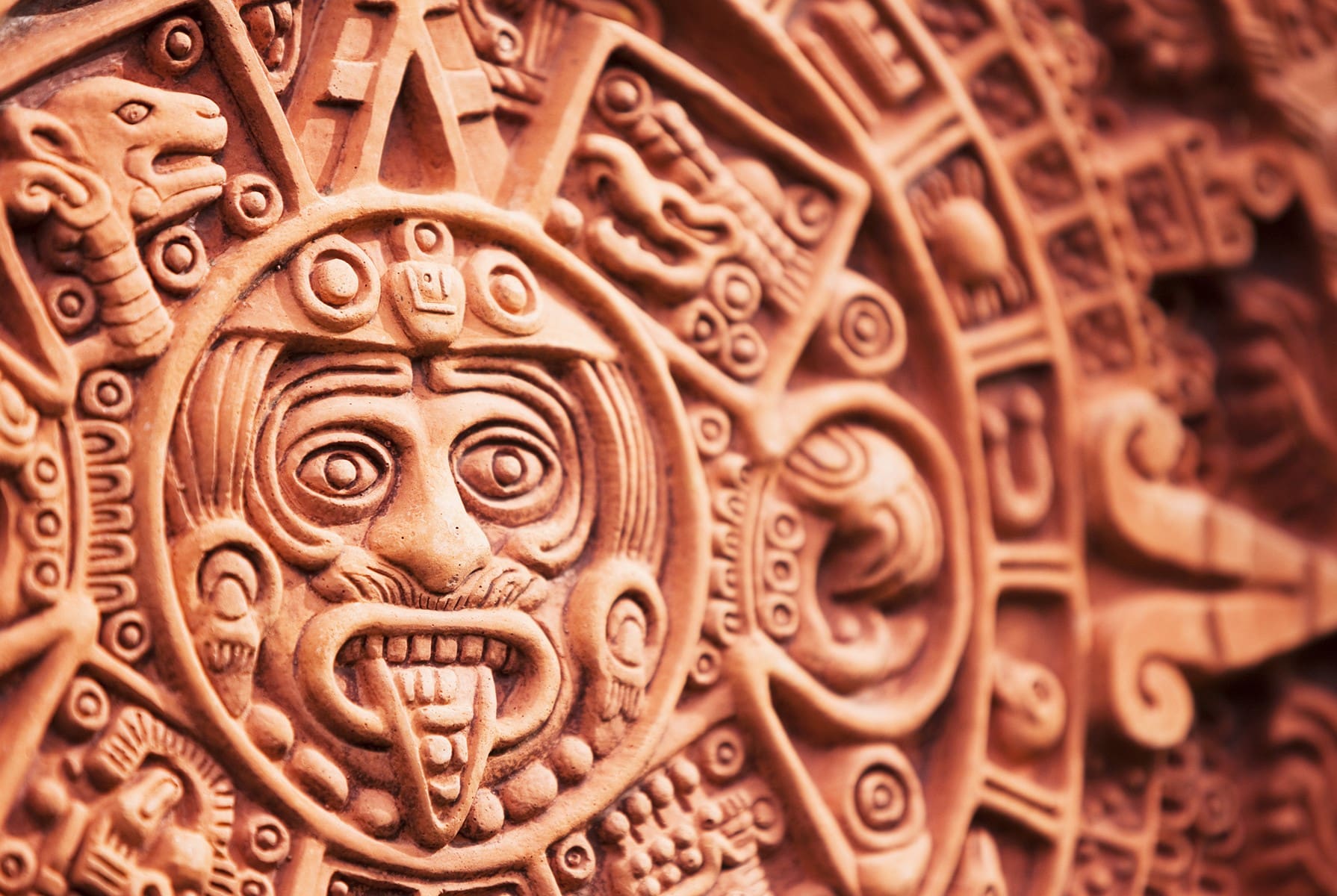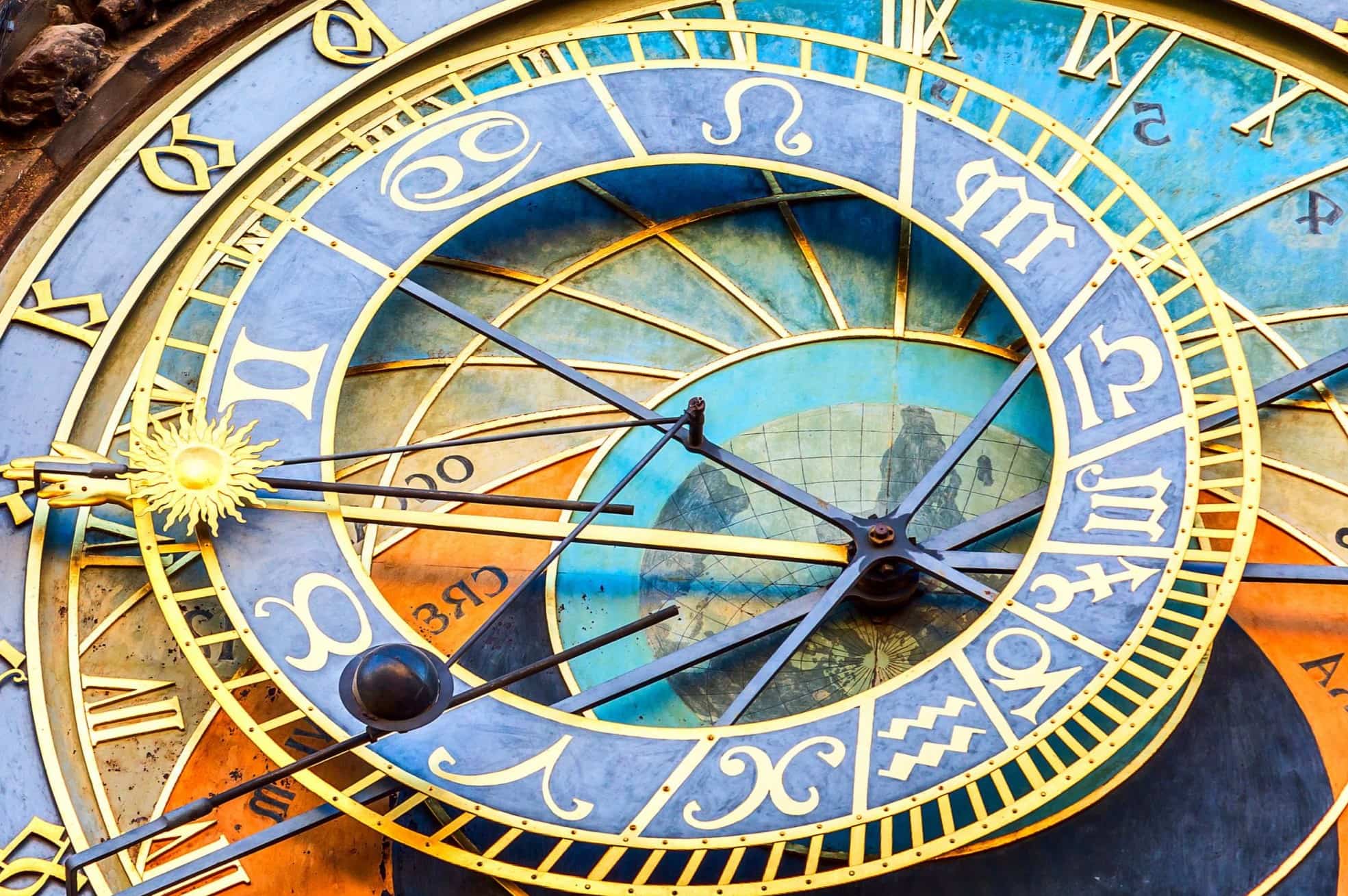
Did you know the ancient Mayans had one of the most advanced mathematical systems in history? Their unique base-20 numbering system, which counted both fingers and toes, set them apart from other civilizations. They were among the first to use the concept of zero, represented by a shell symbol, which allowed them to perform complex calculations with remarkable precision. Mayan mathematics wasn't just about numbers; it was deeply connected to their culture, astronomy, and calendar systems. Their ability to predict solar eclipses and seasonal changes showcased their sophisticated understanding of the cosmos. Despite the loss of much of their knowledge due to historical events, recent discoveries continue to reveal the brilliance of Mayan mathematical achievements.
Key Takeaways:
- The Mayans had a unique base-20 numbering system, using dots and bars to represent numbers, and were pioneers in using the concept of zero, which allowed them to write and calculate large sums with greater precision.
- Despite their advanced mathematical system, the Mayans did not have methods for multiplication and division, and much of their mathematical knowledge has been lost due to historical events, making it challenging to fully understand the extent of their accomplishments.
Ancient Mayan Mathematics: A Journey into Numbers and Symbols
The ancient Mayan civilization is renowned for its sophisticated mathematical system. Their unique approach to numbers and calculations has fascinated historians and mathematicians alike. Let's dive into the fascinating world of Mayan mathematics.
Base-20 Numbering System
The Mayans used a vigesimal (base-20) numbering system, which is quite different from the decimal (base-10) system we use today.
- The Mayan base-20 system was based on counting fingers and toes, with ten fingers and ten toes making twenty.
- This system allowed them to represent large numbers more compactly than the decimal system.
Representation of Numbers
Mayan numbers were represented using dots and bars, a method that was both simple and effective.
- One dot represented one, two dots represented two, and so on.
- A bar represented five, and different combinations of bars and dots were used to represent numbers 6-19.
- Numbers larger than 19 were represented using powers of 20.
Concept of Zero
The Mayans were pioneers in the use of zero, a concept that was revolutionary for its time.
- They used a shell symbol to represent zero.
- This innovation allowed them to write and calculate large sums with greater precision.
Place Value System
The Mayan place value system was similar to our modern decimal system but with a base of 20.
- Each ascending row in their number system had a value of a power of 20 (1, 20, 400, 800, etc.).
- The number within each row was multiplied by the place value of that row, and the results were summed for the entire column.
Number Glyphs
Mayan number glyphs were widely used in inscriptions on stone carvings and in their books.
- These glyphs were not only used for mathematical calculations but also to write dates that would appear on calendars.
- Many Maya gods and rulers had numbers as part of their names.
Astronomical Calculations
The Mayans were extremely good at astronomical calculations, producing highly accurate results.
- They calculated the precise length of the year more accurately than 15th-century Europeans.
- They also predicted eclipses and forecasted seasonal changes with great accuracy.
Sophisticated Calendar System
The Mayans developed a sophisticated calendar system that included the Tzolkin and the Haab.
- The Tzolkin was a 260-day calendar.
- The Haab was a 365-day solar calendar.
- Their measurements of the length of the solar year were more accurate than those used by Europeans as the basis of the Gregorian calendar.
Mathematical Zero in Ancient Times
The concept of zero was invented by the Mayans centuries before it was used in Europe.
- This innovation allowed them to write and calculate large sums with greater precision.
- It significantly advanced their mathematical capabilities.
Lack of Multiplication and Division Methods
Despite their advanced mathematical system, the Mayans did not have methods for multiplication and division.
- Their arithmetic was primarily based on addition and subtraction.
Use of Hieroglyphics
Mayan writing used hieroglyphs, which were pictorial representations carved in stone, painted on pottery, or written in books.
- These hieroglyphs were not just decorative but were used for writing and recording important events and dates.
Logo-Syllabic Writing System
The Mayan script was a logo-syllabic system, where individual symbols could represent either a word or a syllable.
- This complexity made their writing system fascinating for linguists and historians.
Astronomical Observations
The Mayans observed and documented astronomical events with great accuracy.
- They aligned their cities and temples to the movements of the Sun, Moon, and planets.
- This alignment demonstrated a deep understanding of astronomy.
Predicting Solar Eclipses
The Mayans were able to predict solar eclipses with remarkable accuracy.
- This skill was crucial for their calendar systems and astronomical observations.
Seasonal Forecasts
The Mayans could forecast seasonal changes with great accuracy.
- This knowledge helped them plan agricultural activities and other important events in their society.
Interconnectedness with Culture
Mayan mathematics was deeply intertwined with their culture and daily life.
- Their astronomical knowledge guided their lives.
- Their mathematical achievements were often used to affirm the power of their kings and day keepers.
Preservation of Knowledge
Despite their advanced knowledge, much of what the Mayans knew has been lost due to library burnings by Spanish missionaries.
- This loss has made it challenging to fully understand the extent of their mathematical accomplishments.
Deciphering Hieroglyphics
Recent deciphering of Mayan hieroglyphics has provided new insights into their mathematical and astronomical achievements.
- This deciphering has been facilitated by advanced technologies like three-dimensional laser scanning and graphic techniques.
Advanced Graphic Techniques
The use of advanced graphic techniques in reconstructing Mayan architecture has supported archeologists in interpreting ancient sites.
- This interdisciplinary approach has shed new light on Mayan mathematics and astronomy.
National Science Foundation Funding
The production of TALES OF THE MAYA SKIES, a full-dome digital show highlighting Mayan culture, was funded by the National Science Foundation and the Instituto Politécnico Nacional.
- This show is the first of its kind to focus on a Latin American culture and is available in Spanish.
Global Availability
TALES OF THE MAYA SKIES is showing in planetariums across the United States, Latin America, and around the world.
- This global availability has helped to share the rich cultural and scientific achievements of the Mayans with a broader audience.
Maya Kings and Day Keepers
Maya kings and day keepers affirmed their power and assuaged the fears of their people by demonstrating their ability to predict astronomical events.
- This demonstration of knowledge was crucial for maintaining social order and stability.
Cosmological Beliefs
The cosmological beliefs of the Mayans were artfully recorded in books, paintings, and stone carvings.
- These records not only documented astronomical events but also provided insights into their daily life and cultural practices.
Nature and Cosmology
Nature and cosmology were interwoven into the artwork and life of the Mayans.
- Their stone carvings, while decorative, served a purpose by recording events during the reign of kings.
Advanced System of Mathematics
The Mayans had the most advanced system of mathematics of any ancient civilization in the Americas.
- Their use of place value and the concept of zero enabled them to write and calculate large sums with precision.
Maya Number Glyphs
Maya number glyphs were used extensively in inscriptions on stone carvings and in their books.
- These glyphs were not only used for mathematical calculations but also to write dates that would appear on calendars.
Creation Date
The Mayans believed that the Earth was created on the day 4 Ahaw 8 Kumku, in the year 3114 B.C.E.
- This belief was recorded using their sophisticated calendar system.
Historical Context
The Mayan civilization flourished from 500 BCE to 1500 CE, spanning over two thousand years.
- During this period, they developed an unparalleled understanding of astronomy and mathematics.
Scientific Observation
The ancient Maya interwove astronomy and culture to create a stable society.
- Their scientific observation and recording of planetary movements were integral to their daily life and cultural practices.
Mathematical Notation
The mathematical notation of the ancient Maya was complex and sophisticated.
- It included the use of number glyphs and a place value system that allowed for precise calculations.
Astronomical Tables
The Mayans created astronomical tables that were used to predict celestial events.
- These tables were an essential part of their calendar systems and mathematical achievements.
Mayan Arithmetic
Mayan arithmetic was based on addition and subtraction.
- They did not have methods for multiplication and division, which limited their ability to perform complex arithmetic operations.
Symbolic Representation
Mayan arithmetic used symbolic representation to convey mathematical concepts.
- The use of dots and bars to represent numbers was a unique feature of their mathematical system.
Historical Preservation
Much of what the Mayans knew about mathematics has been lost due to historical events such as library burnings by Spanish missionaries.
- This loss has made it challenging to fully understand the extent of their mathematical accomplishments.
The Legacy of Mayan Mathematics
Ancient Mayan mathematics stands out for its base-20 numbering system, the concept of zero, and sophisticated calendar systems. They used dots and bars to represent numbers and developed a place value system that allowed for precise calculations. Their astronomical knowledge was impressive, predicting eclipses and seasonal changes with remarkable accuracy. Despite lacking methods for multiplication and division, their arithmetic was advanced for its time. The Mayan script, a logo-syllabic system, added complexity to their mathematical notation. Unfortunately, much of their knowledge was lost due to historical events like the burning of libraries by Spanish missionaries. Recent discoveries and advanced technologies have helped uncover more about their achievements. The Mayans' contributions to mathematics and astronomy continue to inspire and educate, showcasing their remarkable understanding of the world around them. Their legacy remains a testament to their ingenuity and intellectual prowess.
Frequently Asked Questions
Was this page helpful?
Our commitment to delivering trustworthy and engaging content is at the heart of what we do. Each fact on our site is contributed by real users like you, bringing a wealth of diverse insights and information. To ensure the highest standards of accuracy and reliability, our dedicated editors meticulously review each submission. This process guarantees that the facts we share are not only fascinating but also credible. Trust in our commitment to quality and authenticity as you explore and learn with us.


